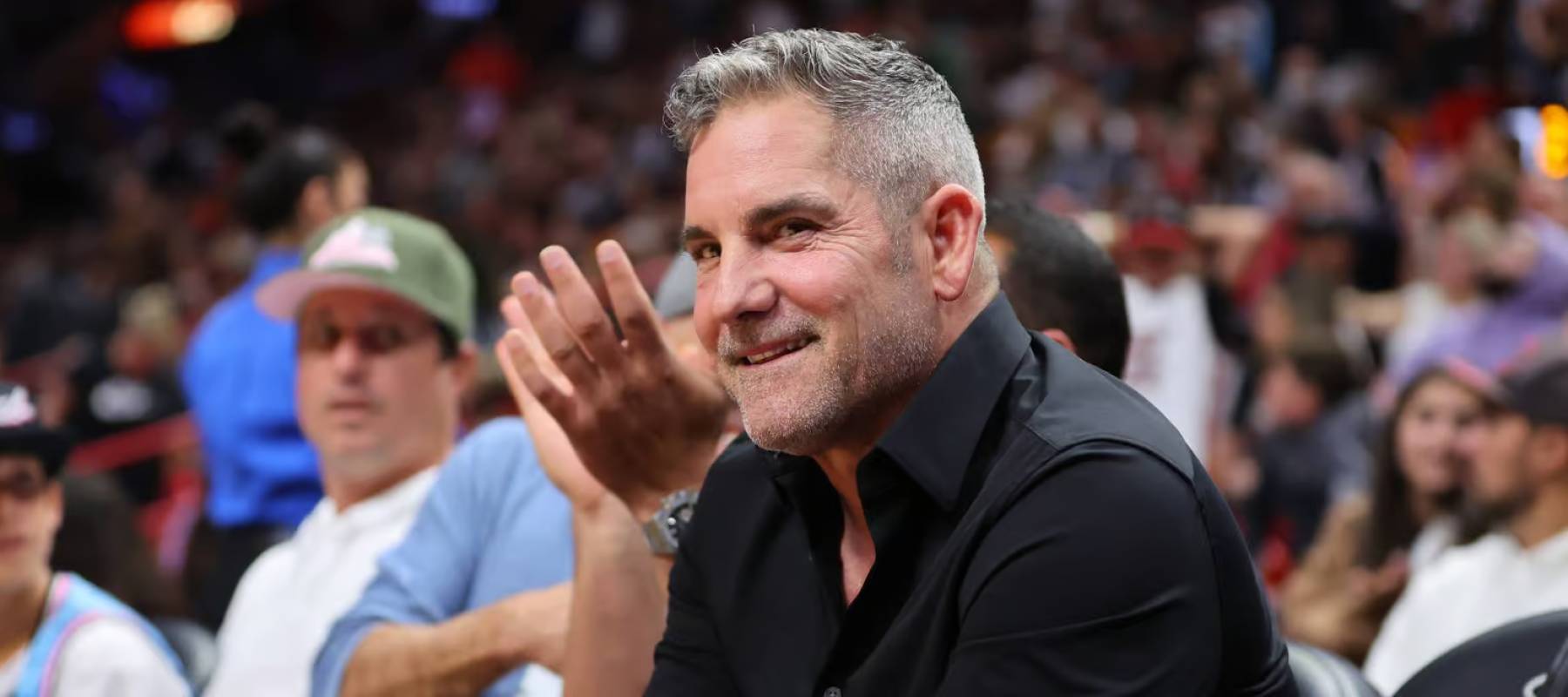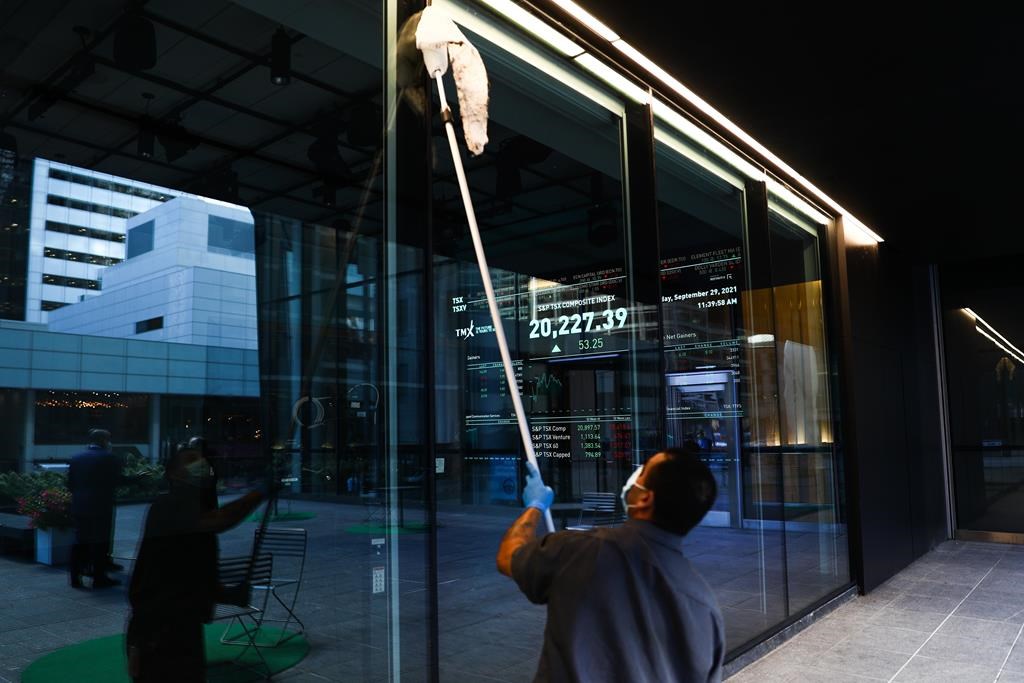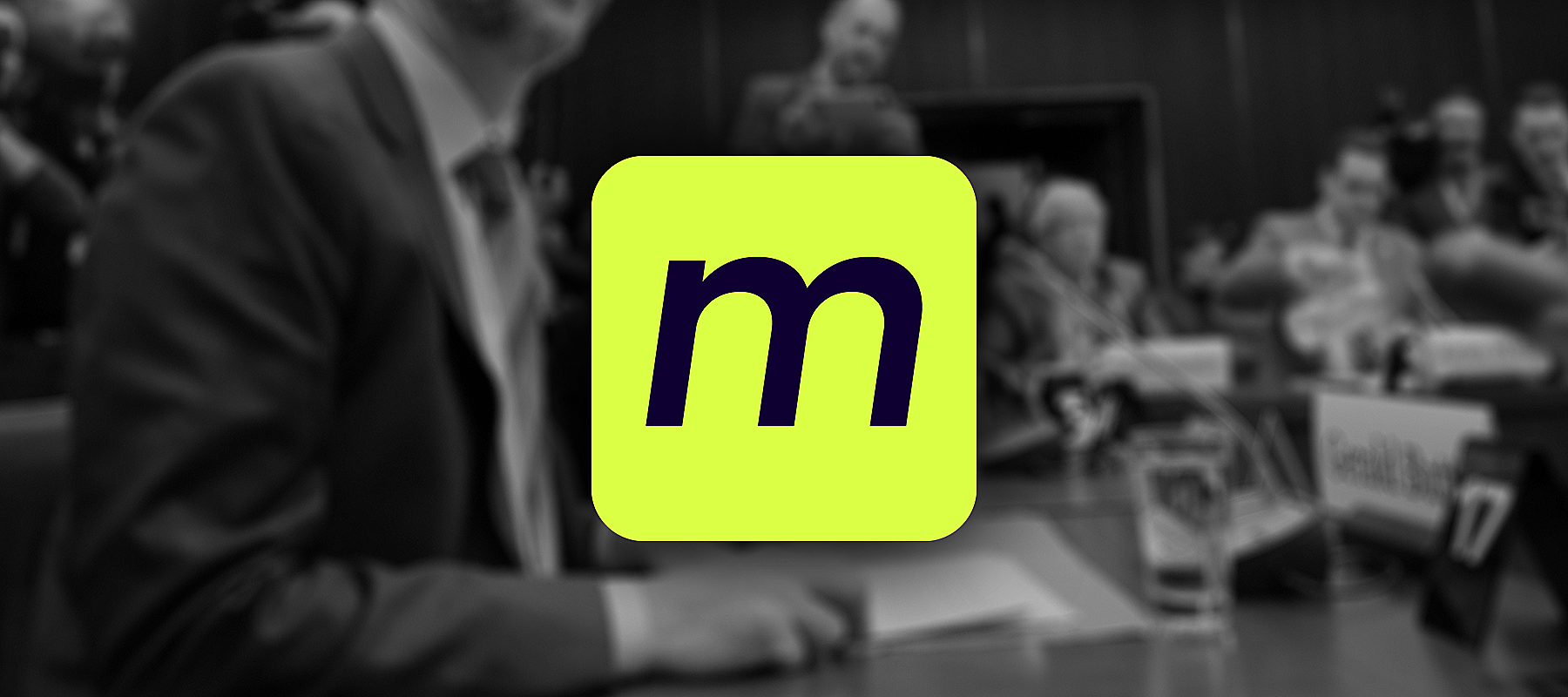
How to transfer USD into your Questrade account
Miha Creative / Shutterstock
Baffled by how to fund a Questrade account with USD? A step-by-step guide on how to transfer USD to Questrade to avoid the hefty conversion charges and get the best Questrade exchange rate.
If you are looking for the best place to buy and trade stocks and ETFs in USD (like on the New York Stock Exchange), then Questrade is your best bet. Questrade was the first to offer U.S. dollar-denominated RRSPs, which allows investors to fund an account in USD, buy U.S. stocks and ETFs in USD, and avoid unnecessary costs when it comes to converting between currencies.
But some DIY investors are stumped about how to fund a Questrade account with USD, as well as how to get the best Questrade exchange rate. For instance, I transferred some money over to my non-registered margin account on Questrade. It took me a day to figure out why I couldn’t do a USD bill payment from my BMO bank account, and another day to realize that, in order to transfer USD to Questrade, you need to do a pre-authorized deposit.
The reason why you might transfer USD to Questrade is because you won’t have to exchange your Canadian dollars into USD when the exchange rate isn’t favourable. If you hold USD in a bank account, simply transfer the funds to Questrade in the same currency at your convenience. I don’t like losing money to currency hits and conversion charges. It’s a win-win situation. If you’re baffled by the process, here is our guide on how to transfer USD to Questrade.
Why transfer USD to Questrade
Questrade is the right choice for DIY investors thanks to its robust and comprehensive trading platform, multiple account type options, and, of course, its extremely low-cost investing options. ETFs are free to purchase, and investors can buy and sell stocks for as little as $4.95 per trade.
Experienced self-directed investors who want to cut their investing fees to the bone can use U.S.-listed ETFs that trade in USD and come with lower fees (MER). Questrade’s dual-currency capabilities make investing in USD super easy and cost-effective. Plus, you can get $50 in free trades when you start investing with Questrade (min. funding $1,000). For all the details, read our in-depth Questrade review.
Get free tradesHow to transfer your USD to Questrade from your USD account:
You can fund your Questrade account in USD by either using a pre-authorized deposit or a wire transfer (the two most popular methods). Here’s how to do it:
Pre-Authorized Deposit (PAD)
For a pre-authorized deposit (PAD), you will need to use the following steps:
- Login to myQuestrade then click on Funding; Pre-authorized deposit.
- Next, choose +Add New Bank Account. Then select ‘set-up manually*’.
- After your account is set up, you will have to fill out the required information. Some key fields include the deposit date, frequency, and end date.
- When PADs are set up manually, Questrade requires a PAD agreement as well as banking information on file. The PAD agreement and banking information should be uploaded before the deposit date to avoid any delays.
- When a PAD has been submitted, you will be able to see the status on myQuestrade under Funding; Pre-authorized deposits history.
*Note if you choose to set up manually you will have to upload a void cheque or direct deposit form for your bank account. You can upload the void cheque or direct deposit form by simply going to my.questrade.com; Account Management; Upload Documents.
Wire transfer
If you are wire transferring USD funds from a Canadian-based institution, the following information is required:
Beneficiary information:
Questrade, Inc.
5700 Yonge Street, G1 – Ground floor
Toronto, ON M2M 4K2
Account: 4006573
Important: Include your name and Questrade account number
Banking information:
Royal Bank of Canada
Yonge & Hollywood Branch
5001 Yonge Street
Toronto, ON M2N 6P6
Swift Code: ROYCCAT2
Transit Number: 02874
For wire transfer requests, funds must be sent directly to the RBC bank account above with Questrade Inc. listed as the beneficiary. Questrade has an account with RBC for processing wire transfer requests.
You can include your name and Questrade account number in the wire transfer request.
Transferring USD to Questrade: PAD or wire transfer?
In short, a wire transfer will arrive sooner and there is no limit on the minimum or maximum amount you can receive on your Questrade account. However, fees may apply. A wire transfer request typically takes 1-2 business days to be completed.
A pre-authorized deposit (PAD) is free but may take longer for the funds to arrive. A PAD request of less than $10,000 CAD/USD usually takes 2-3 business days to be completed. If the PAD amount is equal to or more than $10,000 CAD/USD, it will take up to 7 business days to be completed (including a 4-day holding period).
Check with your financial institution for information on wire transfers, including fees and daily maximums. Some banks offer free wire transfers up to certain maximum thresholds, depending on your account type.
Questrade exchange rate
Investors need to know that exchanging funds is a service provided by Questrade and there is a small processing fee embedded in the exchange rate.
The processing fee of 199 “pips” is embedded within the exchange rate during the time of the exchange. A pip is a unit of measure in the foreign exchange market. Basically, 199 pips is equal to 0.0199%
The advantage with Questrade is that once you exchange to your desired currency, there is no need to exchange back and forth between CAD and USD. You can hold dual currencies in your account.
Note: there is a difference if you are looking to fund USD in a registered account versus a margin (taxable) account:
- For a margin account, the currency settlement is the trade currency. It would ensure the currencies stay on their respective sides.
- For registered accounts, you can easily check the currency settlement by going to my.questrade.com; Account Management; Account Management; Currency Settlement. ‘
The currency settlement preference lets you control how money is deposited (settled) in your registered account when you sell securities, receive cash, or transfer in funds from another financial institution. If you set it to CAD, then all cash will be automatically converted to CAD. If you set it to USD, then everything will be converted to USD. Setting it to “Currency of transaction” would ensure the currencies stay on their respective sides. Read more here.
Also, an important thing to note for your registered accounts: if you are funding it in USD, Questrade will still report the contribution to CRA in CAD. Just contact Questrade via chat or phone to confirm the CAD equivalent of your USD contribution and make future deposits accordingly. That way you won’t go over your contribution amounts.
Last word: Why should I bother holding USD?
There was a time when holding USD in your discount brokerage account was a major advantage – especially if you were an index investor through ETFs. This advantage basically boils down to the fact that the US was way ahead of Canada when it came to ETFs and the competitive cutting of MER fees. Consequently, if you were looking to get quick and easy diversification to any market other than Canada’s, the best way to do it was through the NYSE.
Now, you don’t need to change money over from Canadian Dollars to USD before buying stock or an ETF on the NYSE. When you make that initial purchase and have only Canadian cash available within your account, what happens is that it automatically gets exchanged. Beware: if you do this regularly and are constantly converting cash back and forth between NYSE-listed ETFs/stocks and you’re using Canadian cash, you’re going to lose a ton of money on the exchange rate. It’s way better to keep your money in one currency if possible.
Not all discount brokerages are created equal in this regard though – some of the big bank brokerages will charge you an account fee for the privilege of holding USD there. As you no doubt have picked up by this point, I’m a huge fan of keeping my money working for me inside of my portfolio – as opposed to working for someone else through fees and commissions!
Disclaimer
The content provided on Money.ca is information to help users become financially literate. It is neither tax nor legal advice, is not intended to be relied upon as a forecast, research or investment advice, and is not a recommendation, offer or solicitation to buy or sell any securities or to adopt any investment strategy. Tax, investment and all other decisions should be made, as appropriate, only with guidance from a qualified professional. We make no representation or warranty of any kind, either express or implied, with respect to the data provided, the timeliness thereof, the results to be obtained by the use thereof or any other matter.




